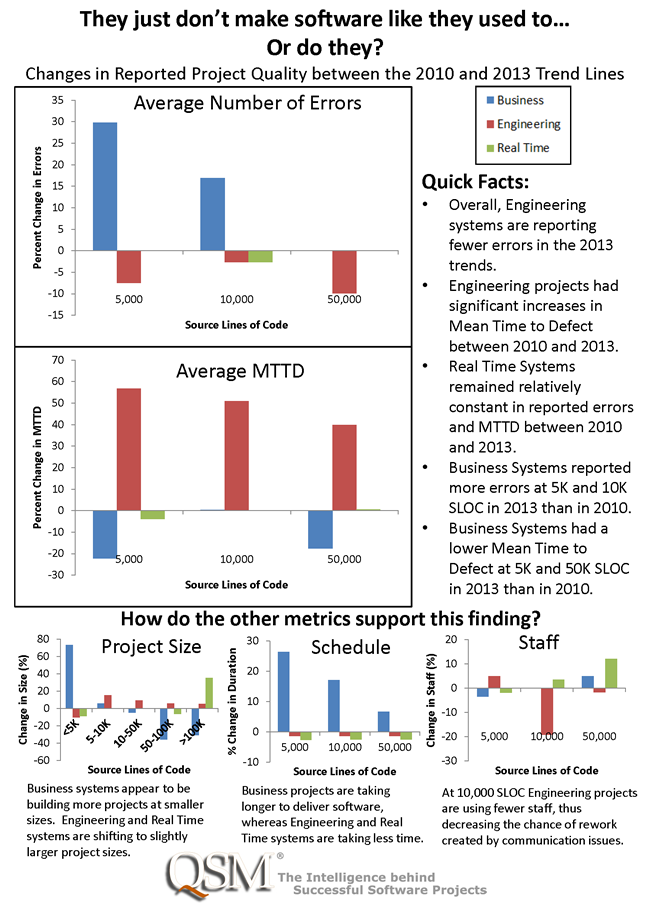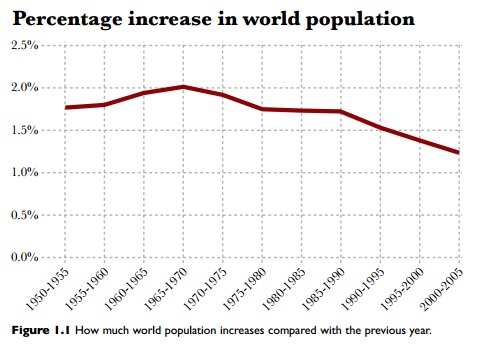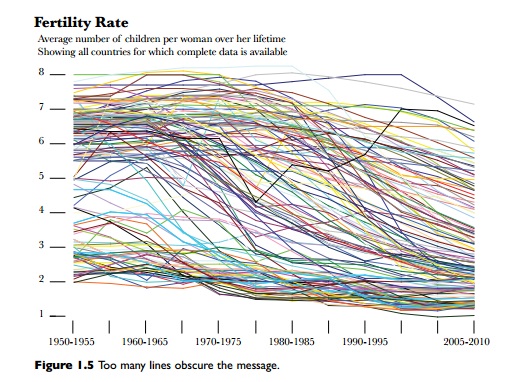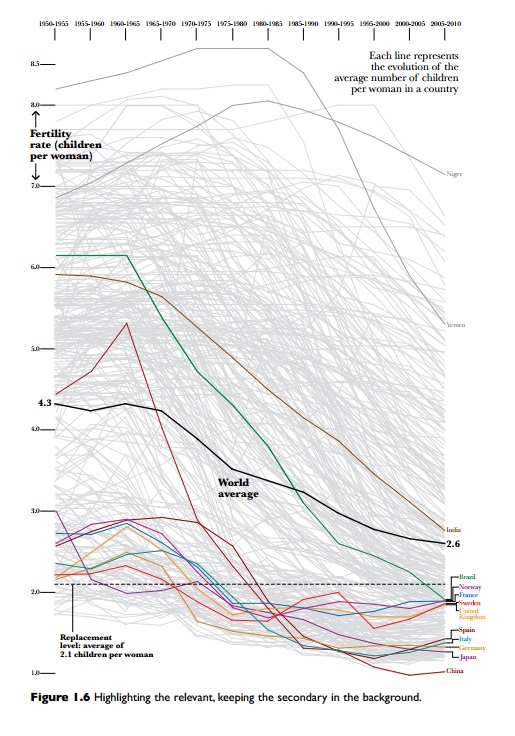New Article: Data-Driven Estimation, Management Lead to High Quality
Software projects devote enormous amounts of time and money to quality assurance. It's a difficult task, considering most QA work is remedial in nature - it can correct problems that arise long before the requirements are complete or the first line of code has been written, but has little chance of preventing defects from being created in the first place. By the time the first bugs are discovered, many projects are already locked into a fixed scope, staffing, and schedule that do not account for the complex and nonlinear relationships between size, effort, and defects.
At this point, these projects are doomed to fail, but disasters like these can be avoided. When armed with the right information, managers can graphically demonstrate the tradeoffs between time to market, cost, and quality, and negotiate achievable deadlines and budgets that reflect their management goals.
Leveraging historical data from the QSM Database, QSM Research Director Kate Armel equips professionals with a replicable, data-driven framework for future project decision-making in an article recently published in Software Quality Professional.




